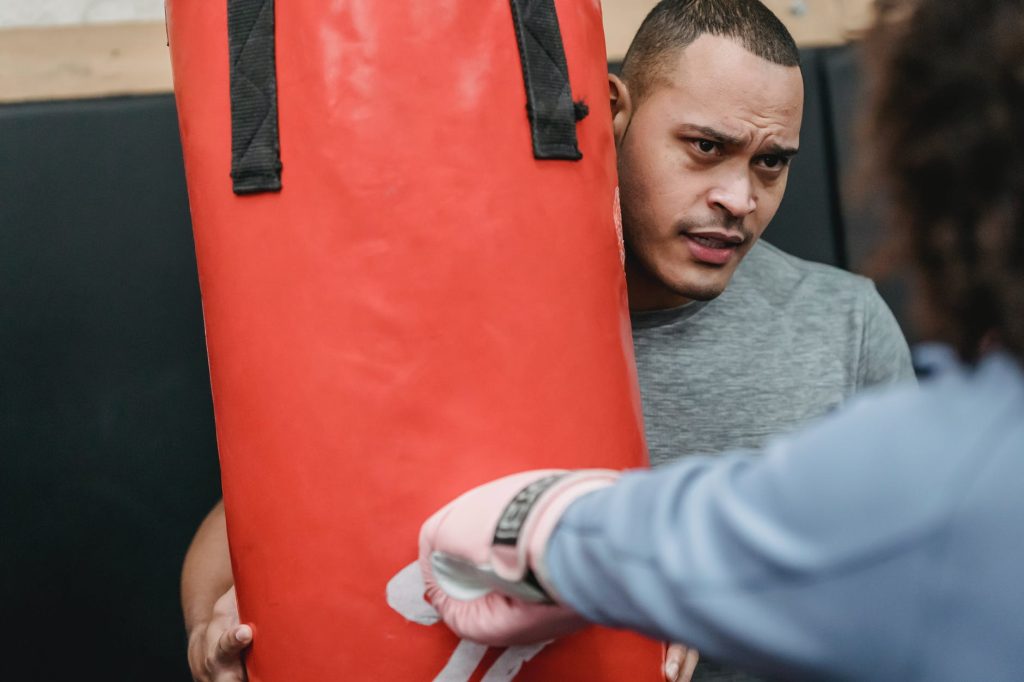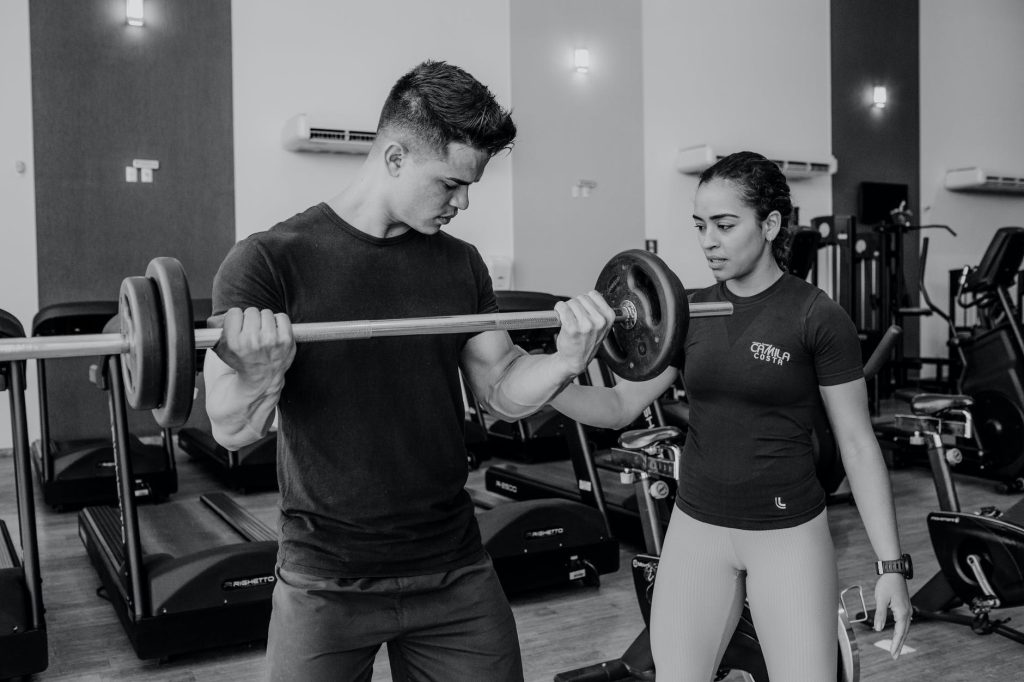It’s not surprising that a premium gym like the David Lloyd clubs in Europe offer personal training. But a lot of gyms offer this service all over the world. Sure, you have to pay extra, unless the personal trainer is already part of your membership plan. But for many folks, it’s worth every penny.
Here are some of the advantages of getting a personal trainer:
Setting the Right Goals
A personal trainer can focus on your personal needs and situation, unlike a trainer with a large class to deal with. You can discuss your personal fitness goals with the trainer, so that the trainer can then come up with the right plant to achieve those goals. The plan will differ depending on whether you want to lose weight (always a popular goal), gain some bulk and bigger muscles, recover from an injury, become better at a particular sport, or maybe just maintain your current overall health.
The trainer can help guide you when you’re making your fitness goals, and that also means setting definitive goals. It’s not enough to say that you want to “lose weight”. You need to set a particular number of pounds to lose, within a given time period.
The trainer is also there to make sure that these goals are realistic. They may help you understand that it’s not really reasonable to expect that you can lose 100 extra pounds in a week or two. If you’re rehabbing from an injury, then the trainer can determine if you’ve recovered sufficiently and you can get back to whatever sports you want to play.
A Customized Plan
The trainer will also factor in specific facets of your situation to make sure you achieve your fitness goal. That means taking into consideration your gender, age, current workout skill levels, and even interests. That way, they can recommend classes like Zumba for cardio if you really like to dance, instead of just using a treadmill.
Your workout plan can be very detailed, and will most likely be a bit different from other people’s workout plans. They can also take into account various personal details.
Maybe you’re suffering from an imbalance because one leg is much stronger than the other. If you’re unaware of this problem, that means you’re likely unconsciously compensating when you do your exercises, or even your normal everyday tasks. But this just makes the imbalance worse.
In this case, the trainer can include single-leg exercises in your workout plan. This will correct the imbalance so you’re able to do the rest of the exercises more properly.
The trainer can also decide when it’s the right time to make the exercises more challenging, such as adding more load to the resistance or adding more reps to the sets.
Flexible Format
When you’re in a class, the class schedule is virtually set in stone. There’s no way to delay a class simply because you have an important work meeting scheduled at the same time as the class. You suffer the consequences if you’re late or absent.
But with a personal trainer, the schedule is a lot more flexible. You’re the one who sets the schedule, although this will of course also depend on the availability of the trainer you pick. You can pick the time and day of the weekly sessions, or even opt for several sessions a week.
Equipment Familiarity
When you visit a gym, you may be unfamiliar with some of the equipment that you might need to use. That’s especially true for newbies, as this might be the very first time that they encounter something as simple as a treadmill.
The trainer can then make sure that you know how to use each piece of equipment that you’ll need for your workout. That way, you can maximize your results, and also minimize the risks of injury.
Proper Forms for Exercises
When you’re doing your exercises solo, often you can’t rely on written directions on how to perform a particular exercise correctly. Your best bet is often to check out a demo video on YouTube to really see for yourself how an exercise is done.
But this is still not optimal. That’s because you don’t really see yourself when you exercise, and you may not see what mistakes you’re making while you’re working out.
With the trainer overseeing your efforts, you now have an extra pair of expert eyes to check out your form when you exercise. The trainer can stop you from doing something wrong, and then guide you to make the necessary corrections to your form.
This is extremely important, because the wrong form won’t just reduce the effectiveness of the exercises. It can also lead to serious injury.
Motivational Support
With a personal trainer comes accountability. That means you have someone to answer to when they see that you’re missing workouts or not doing your best.
In addition, the trainer can also help to encourage you when you feel dispirited. Their support may be just what you need to keep from quitting.
Final Words
Your trainer has lots of knowledge to impart, and you should take advantage of that. Ask for advice, including tips on what to eat to supplement your workout methods. The personal training may cost more, but it’s usually worth every penny!

